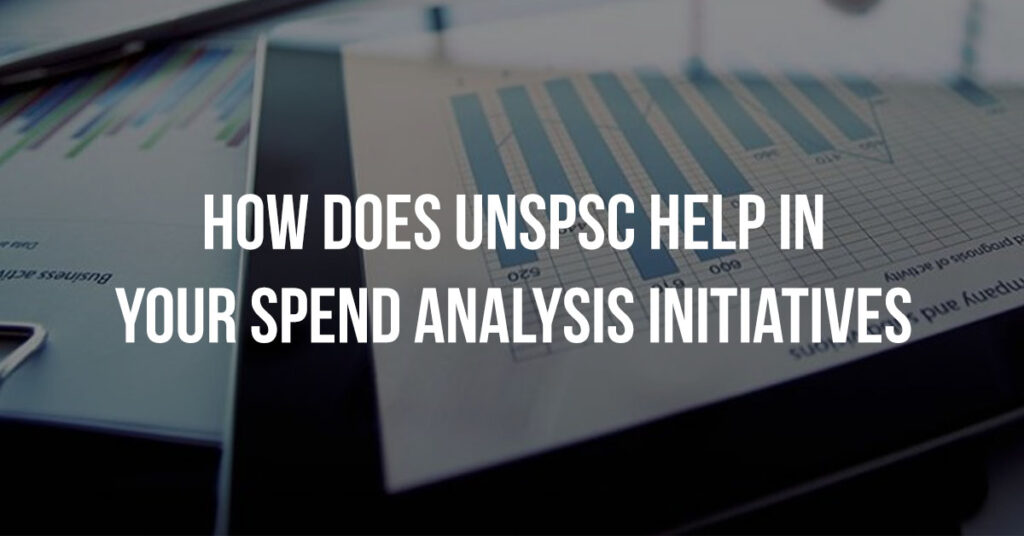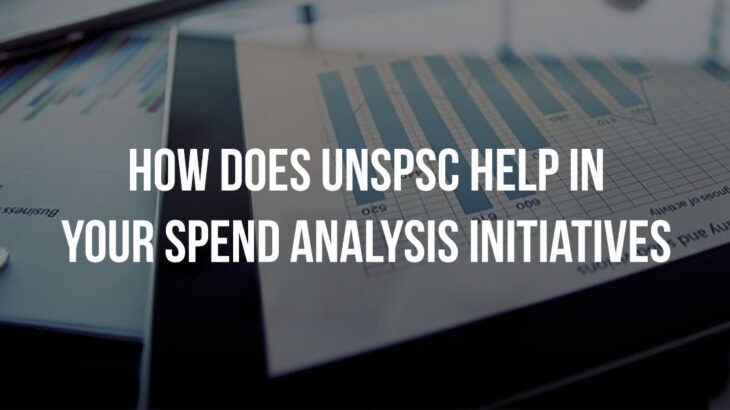
The UNSPSC (United Nations Standard Products and Services Code) plays a foundational role in spend analysis by providing a standardized taxonomy for categorizing products and services. This coding system enables organizations to track, manage, and analyze procurement data consistently across departments, suppliers, and geographies.
Here’s how UNSPSC supports and enhances spend analysis initiatives:
1. Standardized Classification of Spend Data
UNSPSC provides a universal structure with hierarchical codes (Segment → Family → Class → Commodity) that ensures all goods and services are categorized uniformly. This consistency:
- Eliminates ambiguity in naming conventions across suppliers.
- Makes it easier to aggregate data from various sources like ERP, procurement platforms, or invoices.
Example: A laptop may be coded as 43211503, which precisely identifies it as a notebook computer under the IT hardware category.
2. Improved Visibility into Spending Patterns
With UNSPSC-coded data, organizations can:
- Identify top categories by spend (e.g., IT equipment, facility maintenance, construction services).
- Pinpoint under-leveraged categories for strategic sourcing or volume consolidation.
- Distinguish between direct vs indirect spend clearly.
Use case: Real estate firms can track design engineering services (81101508) separately from construction work (72100000) to optimize supplier engagement.
3. Enhanced Supplier Management & Rationalization
By mapping supplier invoices or POs to UNSPSC codes, you can:
- See which suppliers are providing which categories of goods/services.
- Identify duplicate or overlapping suppliers across business units.
- Make data-driven decisions on supplier consolidation.
Benefit: Grouping all facilities-related services (e.g., HVAC, cleaning, landscaping) under the same segment allows easier evaluation of bundled contracts.
4. Benchmarking and KPI Development
UNSPSC codes enable meaningful benchmarking by category:
- Compare unit costs across business units or against industry averages.
- Track KPIs such as cost per category, supplier diversity, or compliance by UNSPSC segment.
- Monitor contract leakage or maverick spend by category.
5. Automation and Reporting Efficiency
With standardized codes:
- Spend dashboards can be automatically generated by category or segment.
- Machine learning or analytics tools can work more effectively on clean, coded datasets.
- Reporting to regulators or management becomes faster and more accurate.
6. Facilitates Integration Across Systems
Whether using SAP, Oracle, Coupa, or other procurement systems, UNSPSC codes provide a common language that enables:
- Cross-system data consolidation.
- Easier mergers/acquisitions integration.
- Consistent e-procurement catalogs.
Summary Matrix: How UNSPSC Supports Spend Analysis
| Function | How UNSPSC Helps |
|---|---|
| Classification | Standard hierarchy avoids inconsistent naming and grouping |
| Spend Visibility | Enables categorization of spend for insights by segment or class |
| Supplier Rationalization | Maps spend to suppliers by category, enabling consolidation opportunities |
| Benchmarking & KPIs | Facilitates tracking of category performance and cost efficiency |
| Reporting & Automation | Powers automated dashboards and analytics tools with structured data |
| System Integration | Provides a common taxonomy for multi-system or multi-entity procurement environments |
Sunstream’s master data services group has experience in supporting leading manufacturers and distributors in implementing UNSPSC in their spend data. Our services has benefited several customers in MRO data management, spend analysis and supplier rationalization.





 +1.585.935.7123
+1.585.935.7123 +91-804-148-6861
+91-804-148-6861